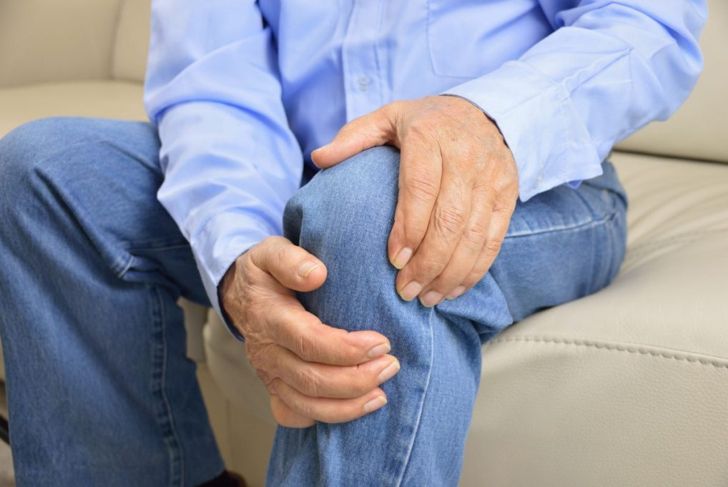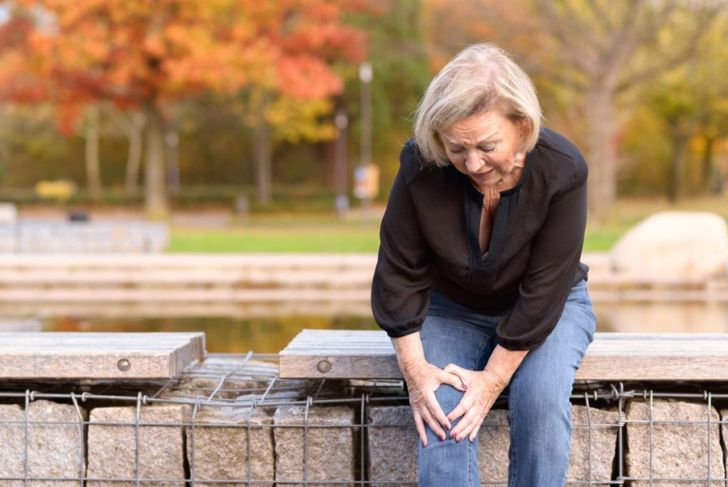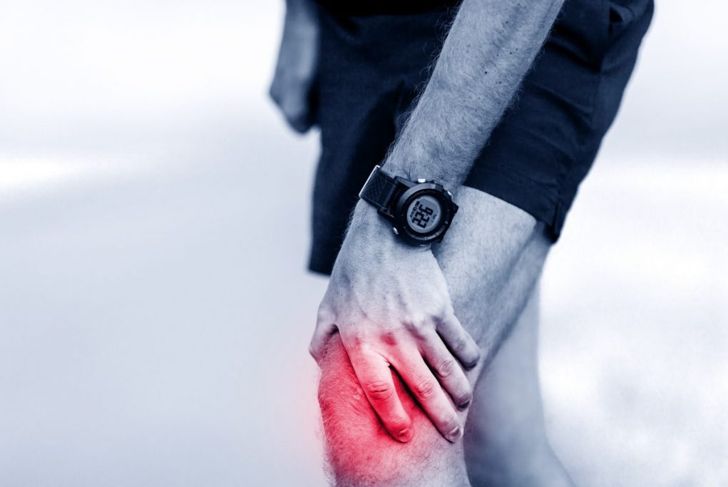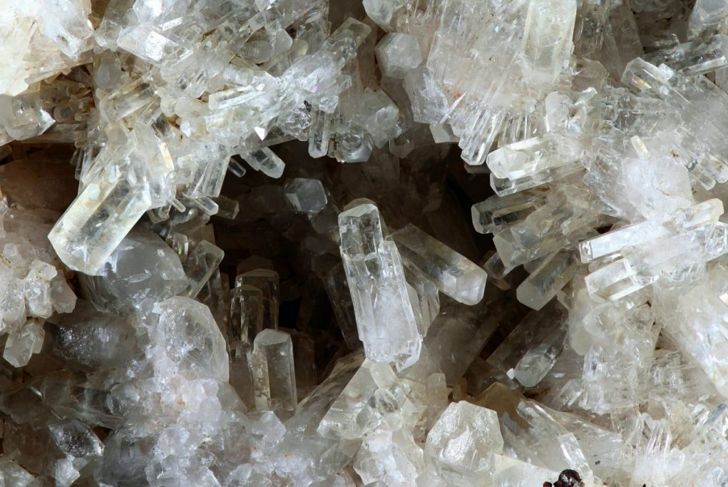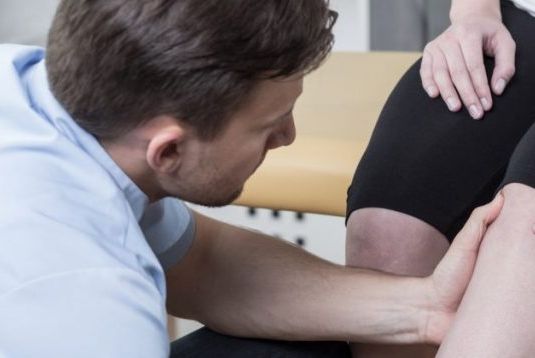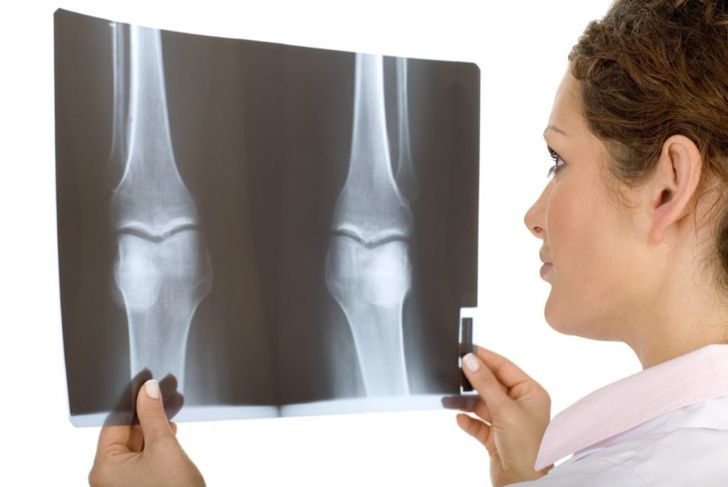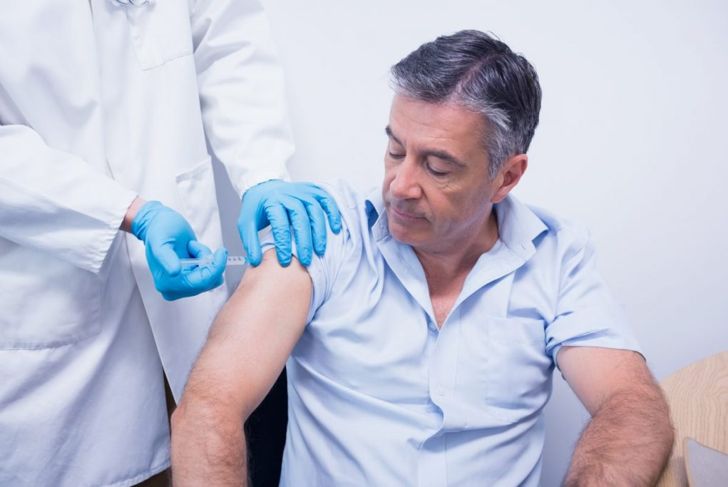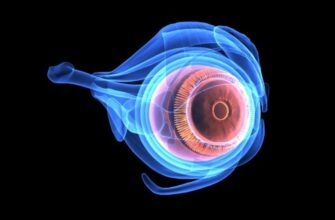Everyone gets aches and pains, and when they don’t go away, we start to suspect that something is wrong. We imagine the possibilities — osteoarthritis, rheumatoid arthritis, gout, or perhaps we pulled, strains, or bruised a muscle or tendon. Another possibility that may not occur to many is CPPD or calcium pyrophosphate deposition.
What is CPPD?
CPPD stands for calcium pyrophosphate deposition, but it’s also called pseudogout because the symptoms can mimic those of gout, especially in the knees, ankles, and feet. The condition also goes by chondrocalcinosis and crystal arthritis. CPPD occurs when calcium crystals form deposits in the weight-bearing and other large joints, and in the surrounding tissue. Just using the joints can be painful when the hard mineral deposits push into the space between the bones. Walking, bending, sitting, and standing may be difficult, and more strenuous activities like lifting, climbing, running, or working out become nearly impossible. CPPD is treatable, and there are ways to keep it from getting worse once it has been diagnosed.
Who is At Risk for CPPD?
Anyone can get CPPD, but certain people have a much higher risk. The most significant risk is age: CPPD is most common in people over 70, but it is also seen in people between 40 and 69. The condition more rarely those under the age of 40. If CPPD does occur in younger people, it is usually caused by an injury or a surgery on the affected joint. The individual may also have a genetic tendency toward CPPD or another condition that makes it more likely. According to one study, thyroid or parathyroid disorders, especially hypothyroidism and hyperparathyroidism, raise one’s risk of developing CPPD, as well. Other factors include magnesium deficiency, too much iron or calcium in the blood, and existing osteoarthritis.
What are the Symptoms of CPPD?
CPPD can be difficult to identify because its symptoms are similar to those of many other disorders. Someone with CPPD may experience very painful joints — this is the primary symptom, and the one most easily mistaken for gout, other forms of arthritis, or injury. The knee joints are especially susceptible to CPPD. Problems can appear suddenly and be accompanied by a fever. Joints may swell and become red or hot, making it even easier to mistake CPPD for an injury. People often attempt to treat CPPD as they would an injury, with alternating ice and heat, and painkillers. Unfortunately, while these treatments may alleviate pain temporarily, they do not treat the underlying condition of calcium crystal deposits.
What Causes CPPD?
Deposits of calcium collecting inside the cartilage and tissue surrounding major joints cause CPPD. This can happen after years of excessive calcium consumption, especially when calcium is not accompanied by vitamin D, which enables the absorption of calcium into the bones. The calcium crystals are sharp and poke into the soft tissues of the muscle and cartilage that surround the major joints. This effect is magnified when the weight-bearing bone presses into the crystals. Although related issues do not cause CPPD, they can make the body susceptible to it, and make it worse when it does occur.
When Should You See a Doctor?
CPPD is a progressive form of arthritis, and the longer it goes untreated, the worse the damage to the affected joints becomes. Therefore, if the joint pain or inflammation progresses, or if the pain comes on suddenly, is accompanied by a fever, a visit to a doctor or osteopath is in order. The doctor can order diagnostic tests and determine the best treatment.
How is CPPD Diagnosed?
CPPD is difficult to diagnose. The only foolproof ways to tell whether someone is suffering from CPPD, as opposed to another condition, is for the physician to draw out the liquid from between the bones of the joint and examine it under a microscope for calcium crystals. X-rays can also sometimes show the presence of these crystals in the joints.
Can CPPD Be Treated?
There are many ways to treat CPPD, but unfortunately, the calcium crystals cannot be dissolved. Once diagnosed, in most cases, the doctor will opt to treat the symptoms and try to return normal function. The first method of treatment is pain relief with over-the-counter or prescription medications that can relieve the pain of flare-ups and reduce swelling and fever. Ice on the affected area can also soothe inflammation and pain. Medical treatments include draining the fluid from around the joint or injecting corticosteroids; standard gout treatments can also help. In severe cases, surgery can repair a damaged joint or even replace the joint entirely.
Are There Other Treatments for CPPD?
Many people prefer to use non-medical or natural treatments for CPPD. Dietary treatment, though helpful for those with gout, does not seem to be as effective for CPPD. Rest is one of the most useful natural options. If pressure on the joint causes pain, then staying off of it relieves that pain. Many rheumatologists prescribe several days of rest during flare-ups. At other times, exercise can help strengthen the muscles around the affected joints. In addition, long-term supplementation with magnesium has many proponents, but studies are inconclusive and seem to indicate magnesium supplementation is only useful when the individual has an existing magnesium deficiency.
Is There any Good News about CPPD?
There is good news about CPPD. Though chronic, flare-ups are occasional; most of the time the condition does not cause pain. Some people who have been diagnosed with CPPD experience only a few flare-ups in their lives. Numerous new treatments are also being developed, and several are already in the testing stage, including more effective anti-inflammatories, and medication designed to prevent calcium crystals from forming in the first place.
How Will Life Change with CPPD?
When flare-ups of CPPD occur, affected individuals will likely need to rest more and keep pressure off the affected joints. They may have to curtail exercise or other physical activities. Trips to the doctor’s office might be necessary, to receive prescriptions or other treatment, which can result in missed work or changing plans. The most important thing to remember is that CPPD is treatable, and people who have it usually live normal, active lives.

 Home
Home Health
Health Diet & Nutrition
Diet & Nutrition Living Well
Living Well More
More